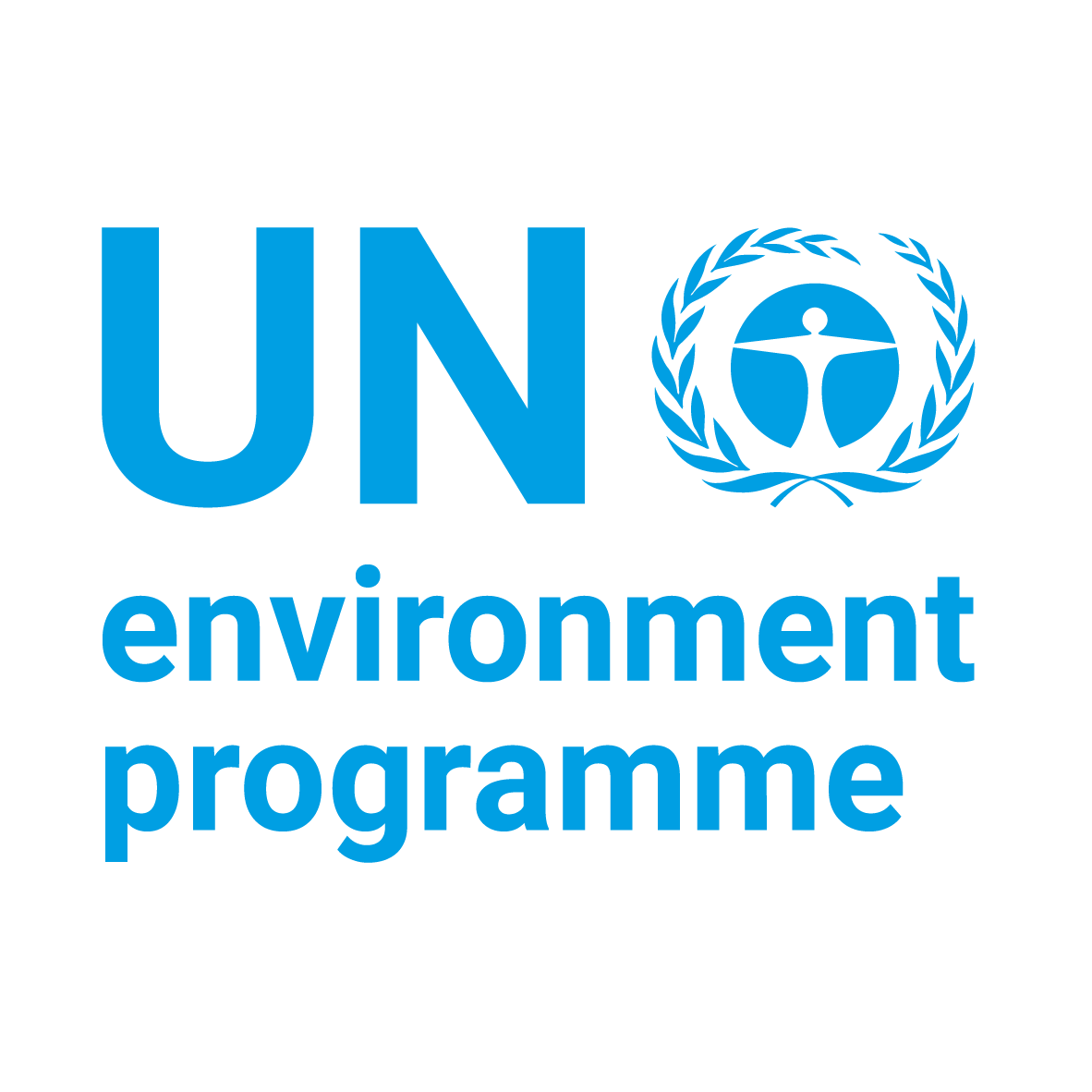A five-year period (2002–2006) of below-median rainfall followed by a six-year period (2007–2012) of above-median rainfall and seasonal flooding allowed a natural experiment into the effects of runoff on the water quality and subsequent coral community responses in the Whitsunday Islands, Great Barrier Reef (Australia). Satellite-derived water quality estimates of total suspended solids (TSS) and chlorophyll-a (Chl) concentration showed marked seasonal variability that was exaggerated during years with high river discharge. During above-median rainfall years, Chl was a seasonally high for a period of 3 months during the wet season (February–April), while TSS was elevated for four months, extending into the dry season (March–June). Coinciding with these extremes in water quality was a reduction in the abundance and shift in the community composition, of juvenile corals. The incidence of coral disease was at a maximum during the transition from years of below-median to years of above-median river discharge. In contrast to juvenile corals, the cover of larger corals remained stable, although the composition of communities varied along environmental gradients. In combination, these results suggest opportunistic recruitment of corals during periods of relatively low environmental stress with selection for more tolerant species occurring during periods of environmental extremes.
- Ecosystem-based Adaptation implies the strengthening of natural systems to cushion the impacts of climate change.
- South-South cooperation is a new dimension of international cooperation to adapt to increasing climate change impacts in developing countries.
- To build an evidence base for Ecosystem-based Adaptation across different regions and ecosystems, three highly vulnerable developing countries have been identified to implement...
- EbA South is a partner of UNEP-REGATTA's initiative EbA Community of Practice. Follow our thematic modules and webinars!







